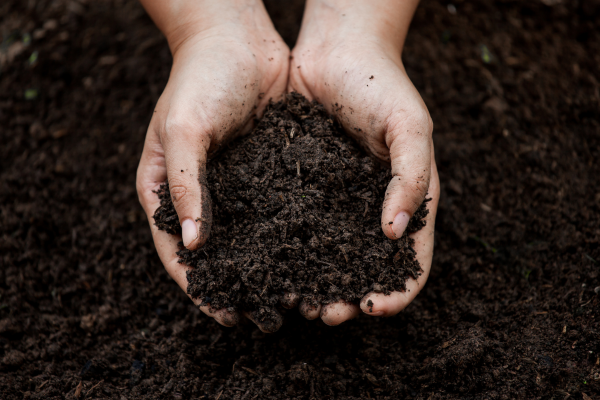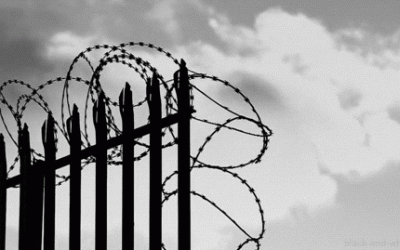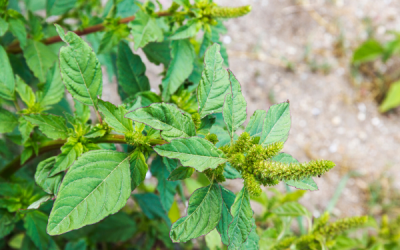SGN!
Some good news, or perhaps some surprising news.
As global temperatures have been on the rise, one might guess that soil moisture might be on the decline—but quite the contrary.
A recent study has found that between 2011 and 2020, soil across the continental U.S. was 57% wetter.
Make it make sense. A warmer atmosphere can hold more water vapor. When the atmosphere holds more water vapor it produces more precipitation.
This latest study from Harvard University illustrates that rainfall, not temperature, is the MVP in determining soil moisture changes.
CO2 fertilization helps. While warmer temperatures can dry soils out, CO2 fertilization has helped, as it encourages plants to become more efficient water users.
But this is secondary: precipitation is still the answer in the soil moisture equation.
Can we guarantee that soil moisture will continue to increase as temperatures rise?
Unfortunately it’s not that simple.
Soundbite: “With uncertainties in the interannual variability of rainfall and uncertainties in predictions of long-term rainfall, it’s virtually impossible to predict soil moisture in the coming decades.” — Harvard Professor Peter Huybers
Charcoal Ignites Dicamba Drift Reduction
Dicamba is bringing about the annual summer controversy of herbicide drift. Neighbors often point...
Killer Kochia and Prolific Pigweeds
Farmers everywhere are trying to stop the spread—of weeds. The problem is as old as farming...
🧑⚕️Fielding Wellness: Breaking Ground on Rural Mental Health
A farm can’t operate without its farmer. That’s why new initiatives are underway to help keep the...




